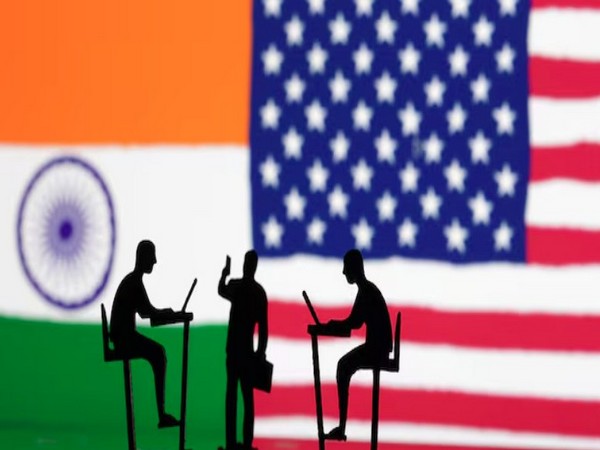New Delhi: The possible trade agreement between India and the United States could include key sectors such as agriculture, automobiles, and pharmaceuticals, says a report by Jefferies.
These sectors are considered politically and economically sensitive for India due to high tariff rates.
The report said “A trade agreement with the US would likely include the high tariff items, which could be politically / economically sensitive for India. These include agri commodities”
The report highlighted that India has maintained high import duties on many goods, including automobiles and electronics, to protect domestic industries from competition, particularly from China. However, in trade negotiations with the U.S, India may have to reconsider its tariff policies.
Additionally, India must ensure that any concessions offered to the US should align with similar trade agreements that are being discussed with the European Union and the United Kingdom.
Pharmaceuticals could be a major sector for discussions, particularly regarding intellectual property rights (IPR). The US may push for stricter patent regulations, which could impact India’s generic drug industry.
To balance the trade deficit, the agreement with the U.S. may also involve increased defence and oil or gas imports.
The report says, while the deal could provide certain advantages to India, it may also pose challenges for specific industries such as automobiles, pharmaceuticals, textiles, and alcohol.
Additionally, reducing import duties on agricultural commodities like corn, soybeans, wheat, and dairy products could have political implications in India, particularly for local farmers. However, some Indian consumer companies may benefit from lower-cost of imports.
The report cites data from the World Trade Organization (WTO) for 2023, which shows that India’s trade-weighted average tariff rate is 12.0 per cent. This is significantly higher compared to other emerging markets like China, Mexico, and Indonesia, which have tariffs in the 3-5 per cent range, and the US, which has an average tariff rate of just 2.2 per cent.
India’s trade surplus with the US stood at USD 46 billion in 2024, accounting for 1.2 per cent of the country’s GDP. The US remains India’s top export destination, accounting for 18 per cent of India’s total goods exports.
As India continues trade discussions with multiple global partners, including the US, UK, and EU, the final terms of these agreements will be crucial in shaping the country’s trade policies and economic growth in the coming years.
(With inputs from ANI)












